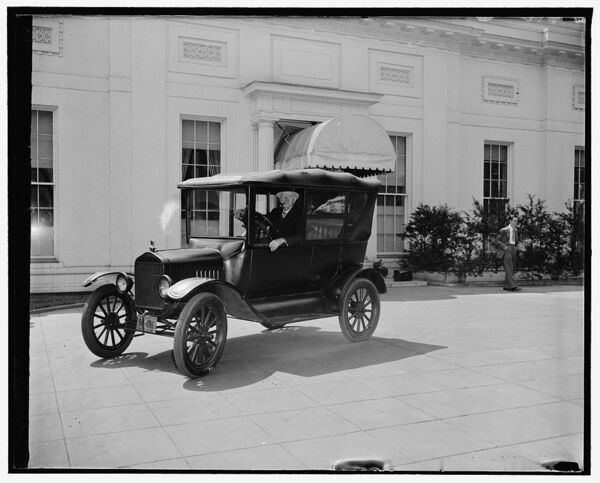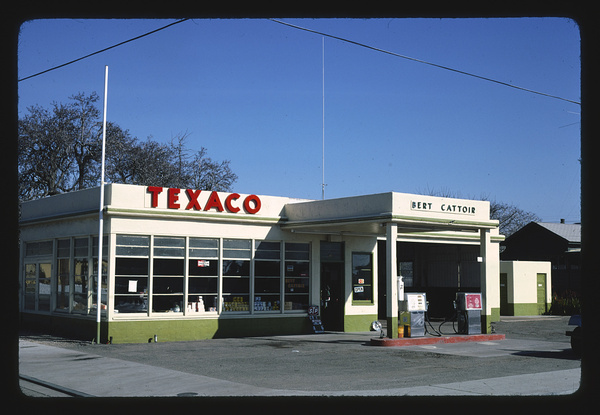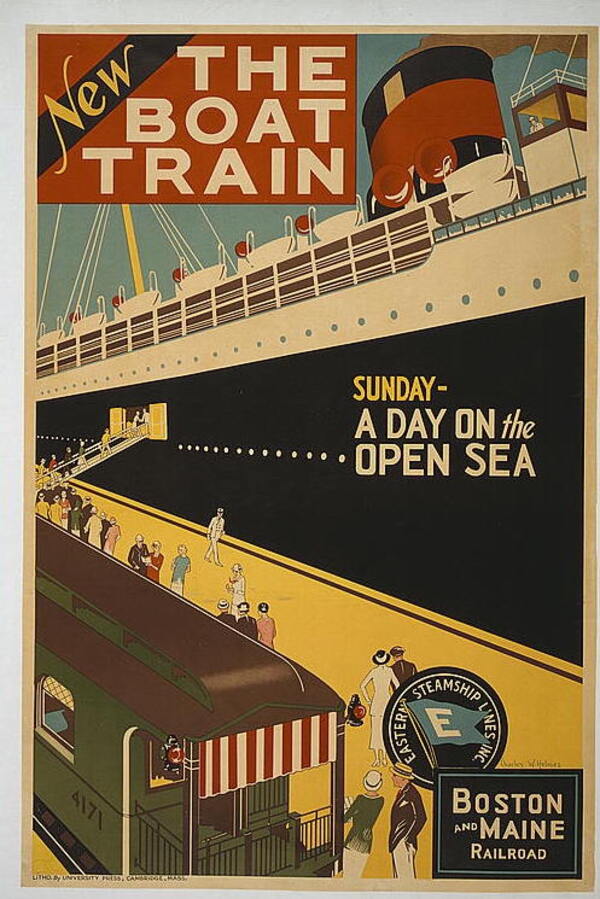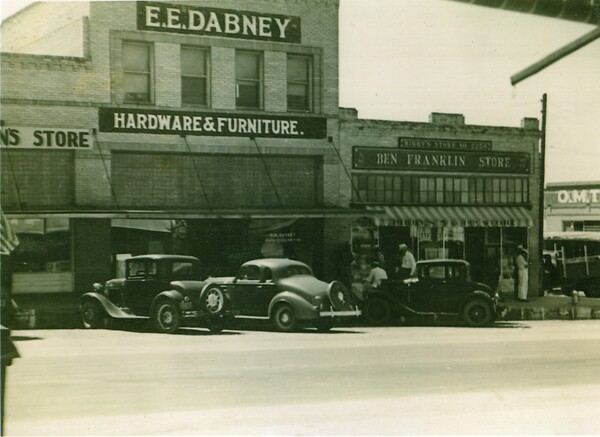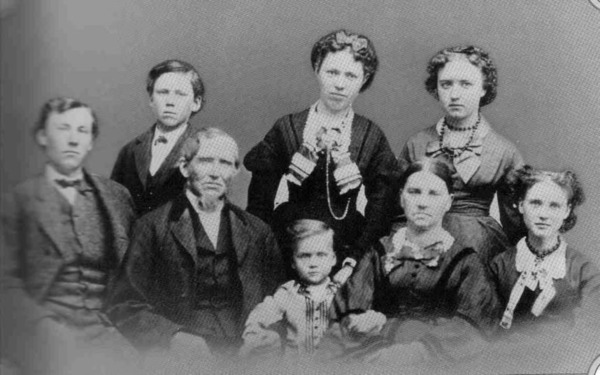In 1912, the National American Woman Suffrage Association was starting to get frustrated with a lack of progress in getting the vote. They thus planned a bold action: A march on Washington that would just happen to coincide with the inauguration of Woodrow Wilson in March, 1913.
Once word got out about the march, a group of leaders in New York planned a "Hike on Washington" which would have them lead a large procession to join the protest in D.C. These photos capture their journey and what they encountered once they got to the capital.

A group of suffragettes gather in New York City in February, 1912 to begin their journey to D.C.

The event raised so much money and garnered so much attention that they even had to make an official program, seen above! The program read that the purpose of the gathering was to "march in a spirit of protest against the present political organization of society, from which women are excluded"
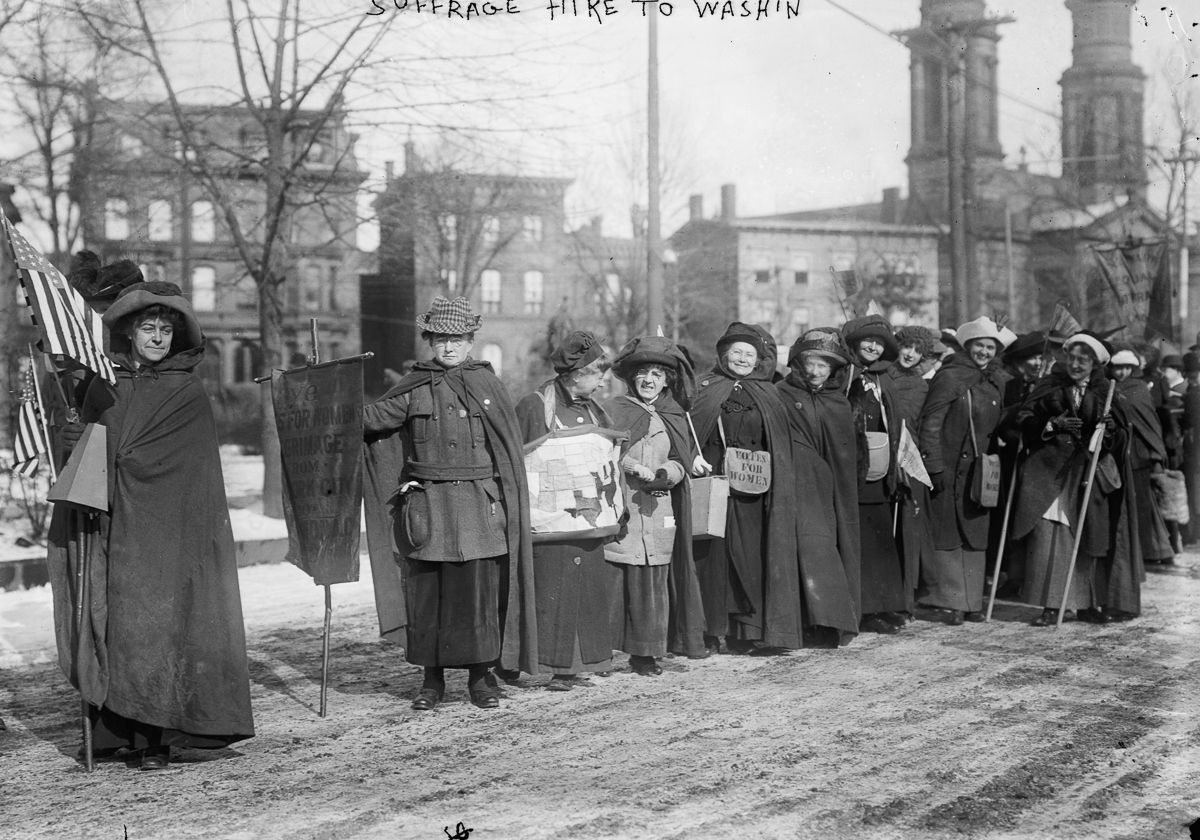
The "hikers" as they were soon to be called had quite the journey ahead of them, and in snowy, freezing weather. This photo captures the hikers with their leader, "General" Rosalie Jones (left).

Occasionally men would gather to either support or heckle the marchers as they strode down the wintery roads.

As the hikers numbers grew, crowds would gather to watch them as they rolled by. The procession would have occasional 'escorts' as you see here.
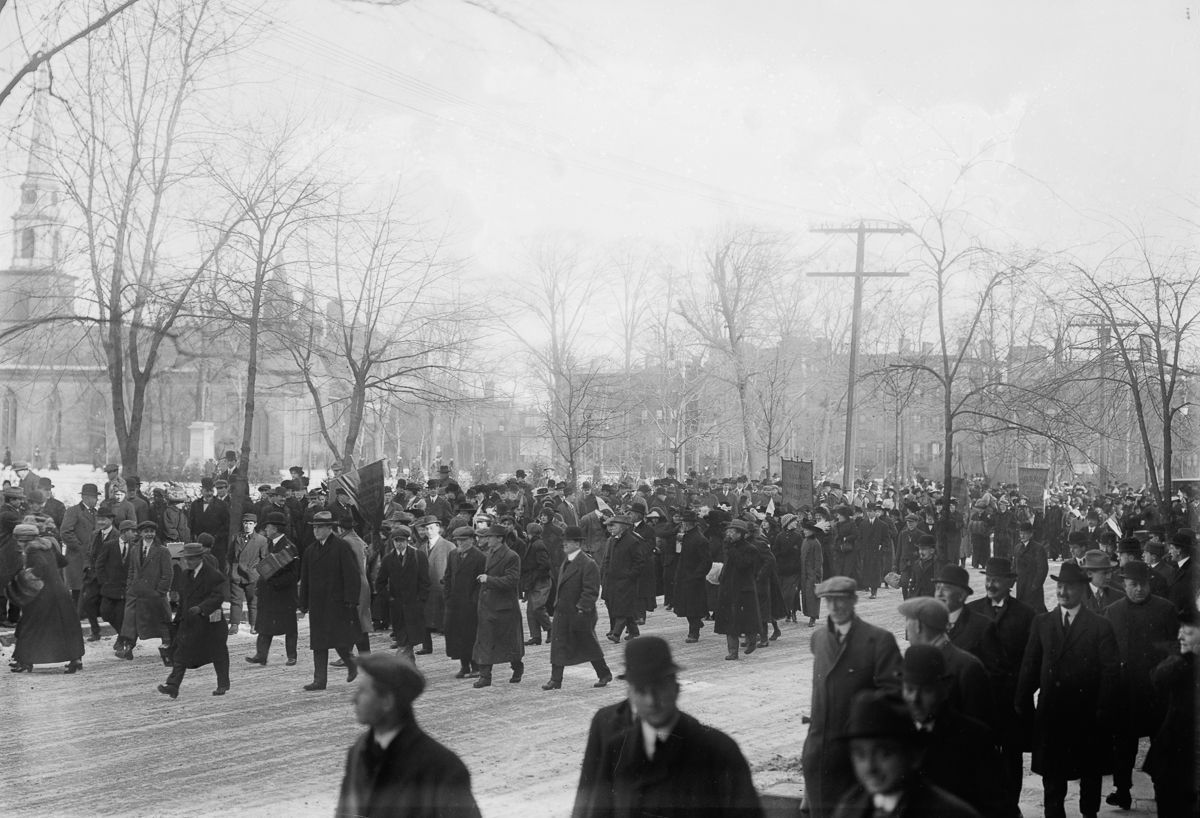
What they didn't expect was large crowds of people in D.C. who were set on disrupting the Suffrage parade.
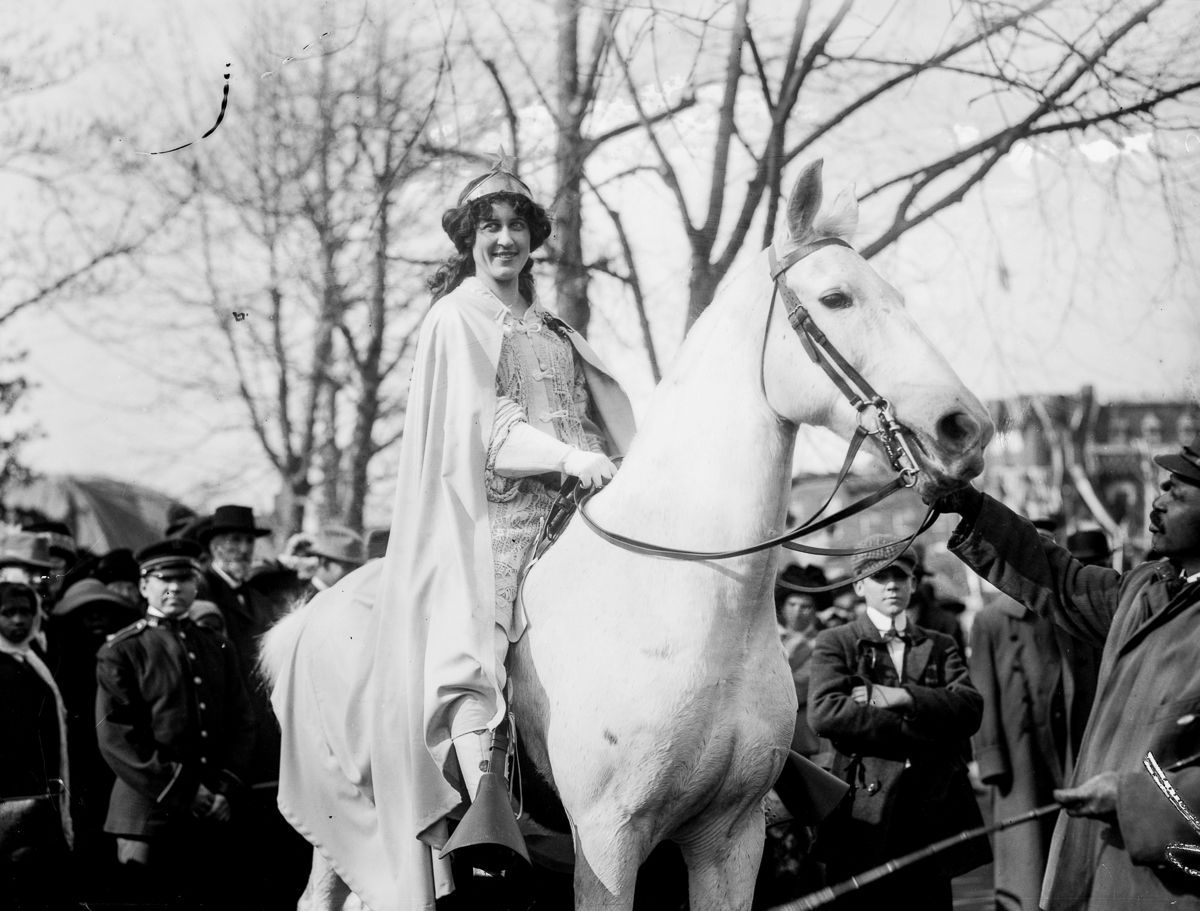
Nevertheless, the parade began without too many problems at the start. Here is Inez Milholland, one of the leaders of the parade.
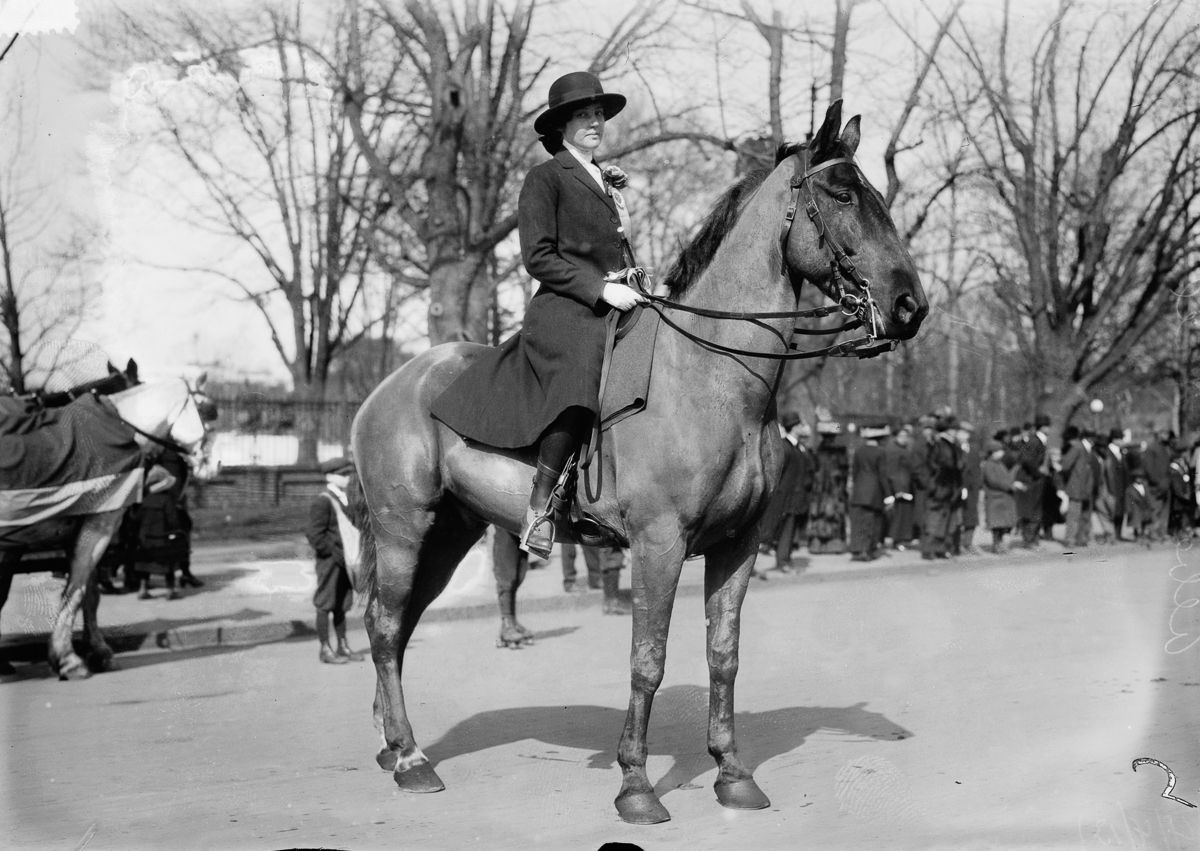
Alberta Hill is seen here at the start of the parade, which she marshaled on horseback.
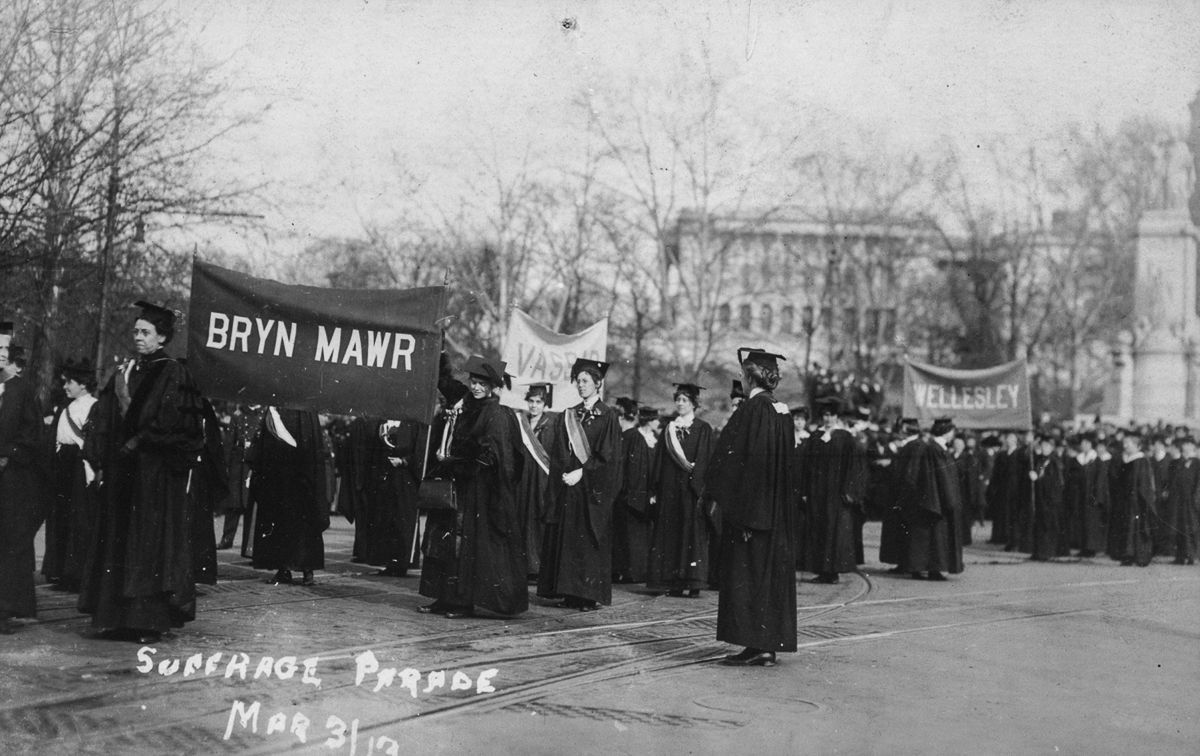
The parade included women from all over the U.S., often featuring nearby colleges and universities.
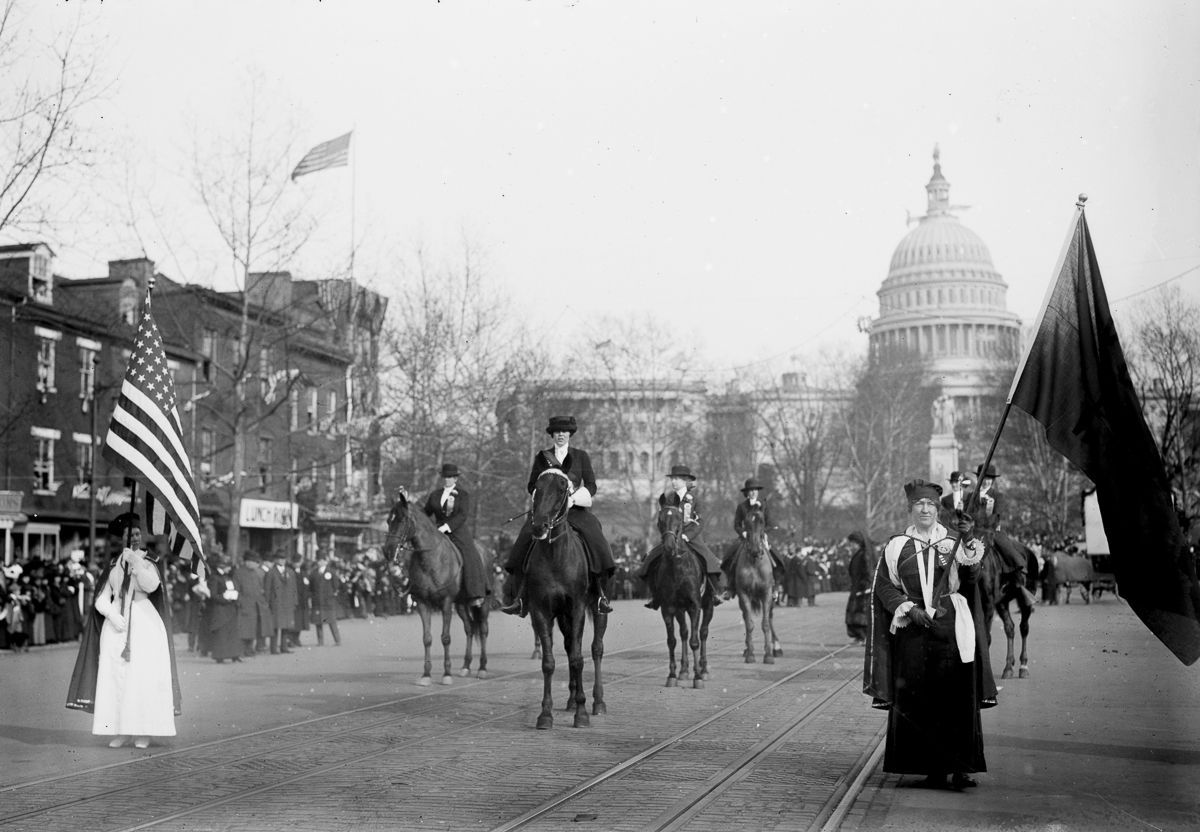
Grand Marshal Mrs. Richard Coke Burleson leads a mounted brigade in the procession.
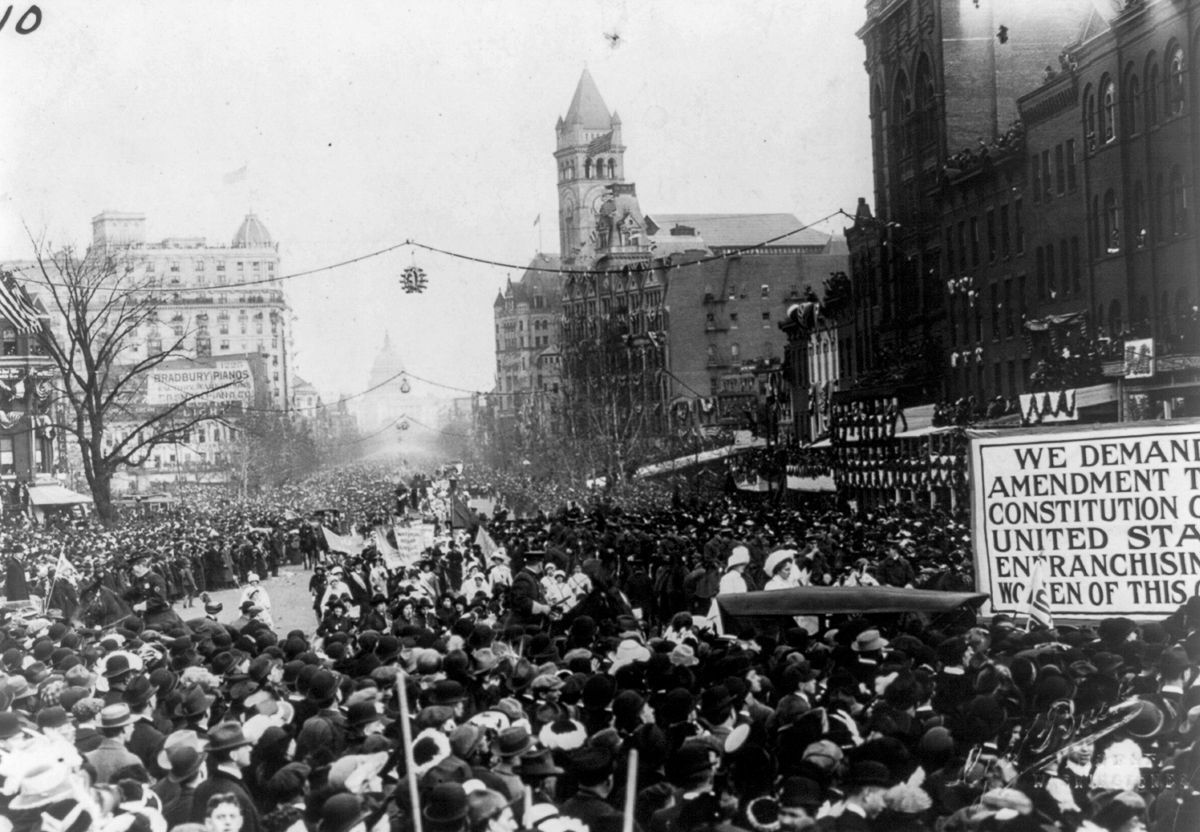
Things became difficult for the marchers when a large crowd gathered and attempted to block the parade's progression.
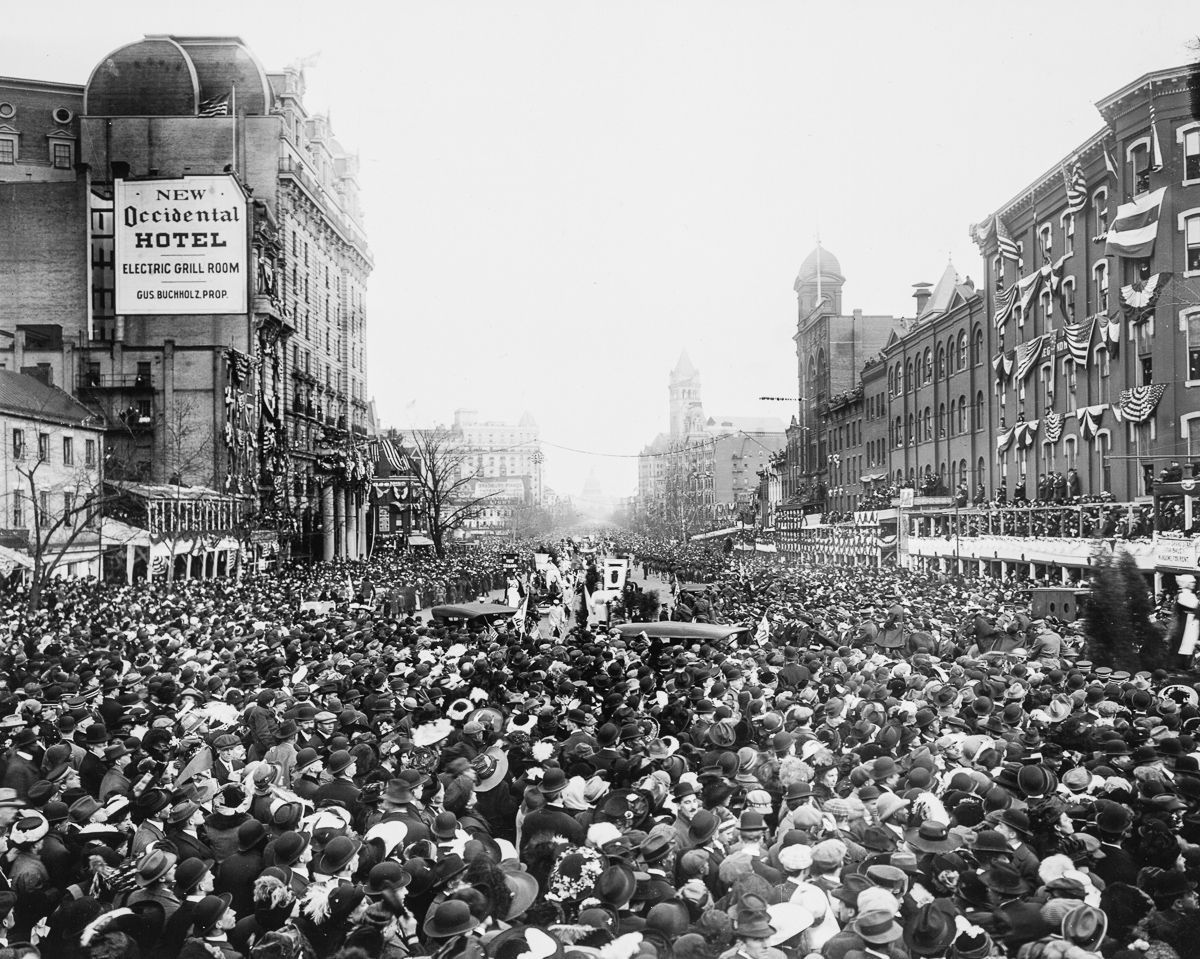
After some intervention, the marchers were allowed through and they continued on to through the city.
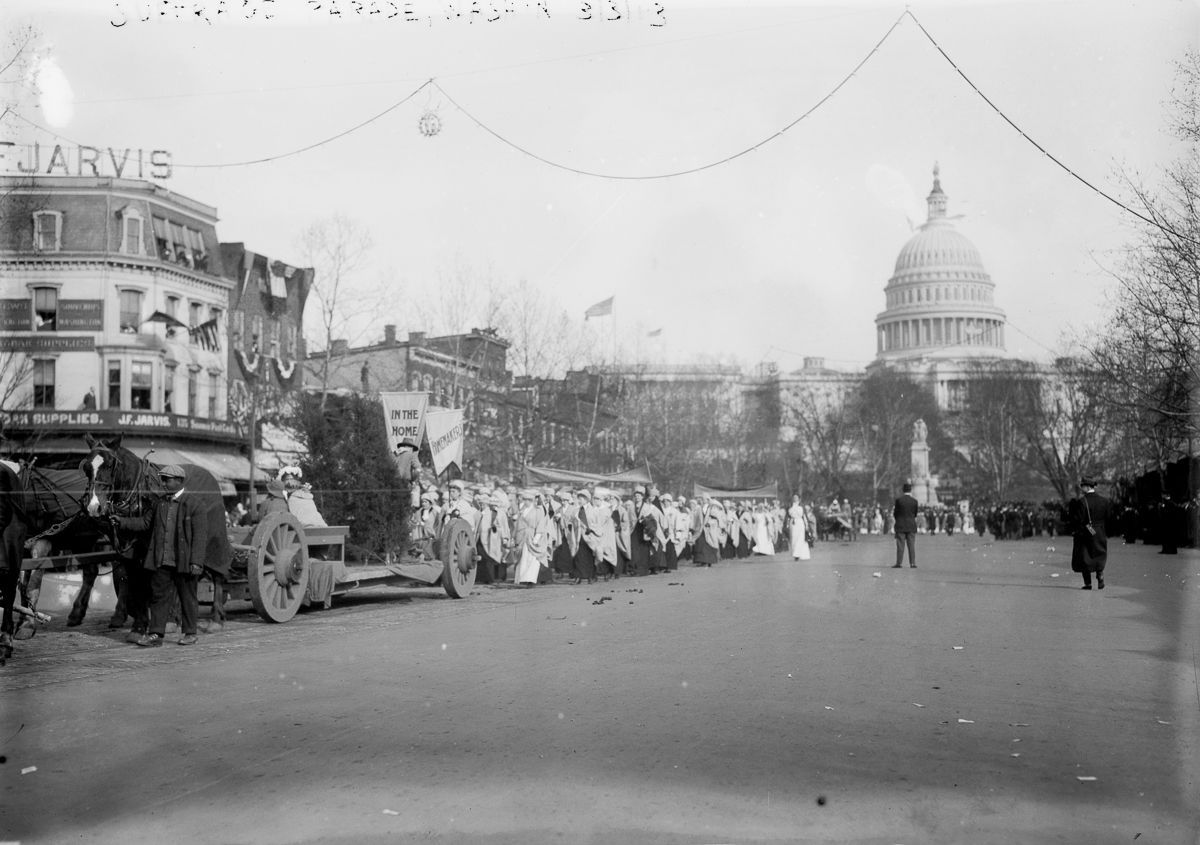

And though it would be another seven years before women got the vote, historians cite the 1913 March as one of the key events that furthered the movement.
If you liked this story, please hit the "Share" button below to pass it on!
Next Article
